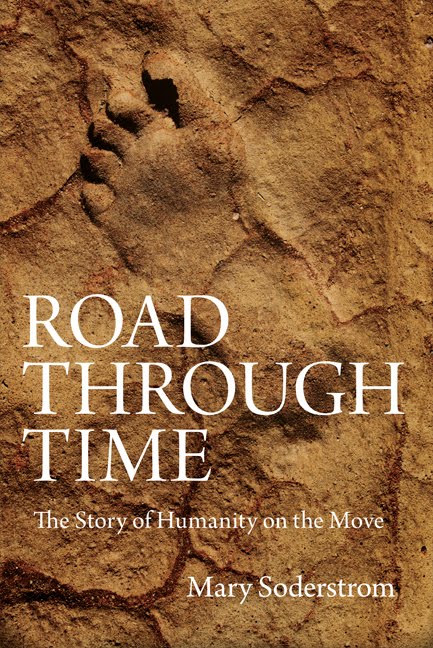Tuesday 30 October 2007
Moral Disorder and Margaret Atwood: Beneath the Brilliance, a Real Person
The publicity blurb for Margaret Atwood’s Moral Disorder on the US Random House website is a little coy: the short story collection is “fiction, not autobiography; it prefers emotional truths to chronological facts. Nevertheless, not since Cat’s Eye has Margaret Atwood come so close to giving us a glimpse into her own life.”
Well, there are those who say that it’s Life Before Man that one should read if one wants to see between the lines into Atwood’s life, particularly as it concerns her relationship to her partner Graeme Gibson and to Shirley Gibson, his late ex-wife. But, no matter: the stories of Moral Disorder are not only good reading, they are fuel for reflection on the ways that writers use their own lives in their fiction. There is a triangle at the heart of Moral Disorder--a man, his talented but erratic wife, and the younger woman who comes to share his bed and help raise his children—that resembles the Atwood-Gibson ménage. The resemblance is not important to judging the book though: almost all the stories are strong, satisfyingly well-imagined and would stand on their own even if you knew nothing about Atwood's own life.
As it happens, I came to them only a month or so after I read Alice Munro’s The View from Castle Rock. Munro’s short stories at their best have absolutely no equal, but in Castle Rock it seems to me she found herself too fettered by the facts of her life and family to allow herself to soar as she does so often elsewhere.
Much of Moral Disorder takes place in Munro territory—WASPish, intellectually worthy, properly modest Ontario society. Atwood, whose imagination has wandered through time and space increasingly in recent years, allows herself to focus on childhood, early womanhood and maturity as they have been lived in recent years in central Canada. This return to experiences closer to her own allows her, it seems, to write more affectingly than she has in a long time. The reader can see through cracks in Atwood’s wise-cracking, science-fiction-loving, dazzlingly brilliant persona to a real person--loving, and maybe even loveable--underneath.
Perhaps there is a lesson here for writers and critics, but I'm not sure yet what it is.
Well, there are those who say that it’s Life Before Man that one should read if one wants to see between the lines into Atwood’s life, particularly as it concerns her relationship to her partner Graeme Gibson and to Shirley Gibson, his late ex-wife. But, no matter: the stories of Moral Disorder are not only good reading, they are fuel for reflection on the ways that writers use their own lives in their fiction. There is a triangle at the heart of Moral Disorder--a man, his talented but erratic wife, and the younger woman who comes to share his bed and help raise his children—that resembles the Atwood-Gibson ménage. The resemblance is not important to judging the book though: almost all the stories are strong, satisfyingly well-imagined and would stand on their own even if you knew nothing about Atwood's own life.
As it happens, I came to them only a month or so after I read Alice Munro’s The View from Castle Rock. Munro’s short stories at their best have absolutely no equal, but in Castle Rock it seems to me she found herself too fettered by the facts of her life and family to allow herself to soar as she does so often elsewhere.
Much of Moral Disorder takes place in Munro territory—WASPish, intellectually worthy, properly modest Ontario society. Atwood, whose imagination has wandered through time and space increasingly in recent years, allows herself to focus on childhood, early womanhood and maturity as they have been lived in recent years in central Canada. This return to experiences closer to her own allows her, it seems, to write more affectingly than she has in a long time. The reader can see through cracks in Atwood’s wise-cracking, science-fiction-loving, dazzlingly brilliant persona to a real person--loving, and maybe even loveable--underneath.
Perhaps there is a lesson here for writers and critics, but I'm not sure yet what it is.
Subscribe to:
Post Comments (Atom)











No comments:
Post a Comment